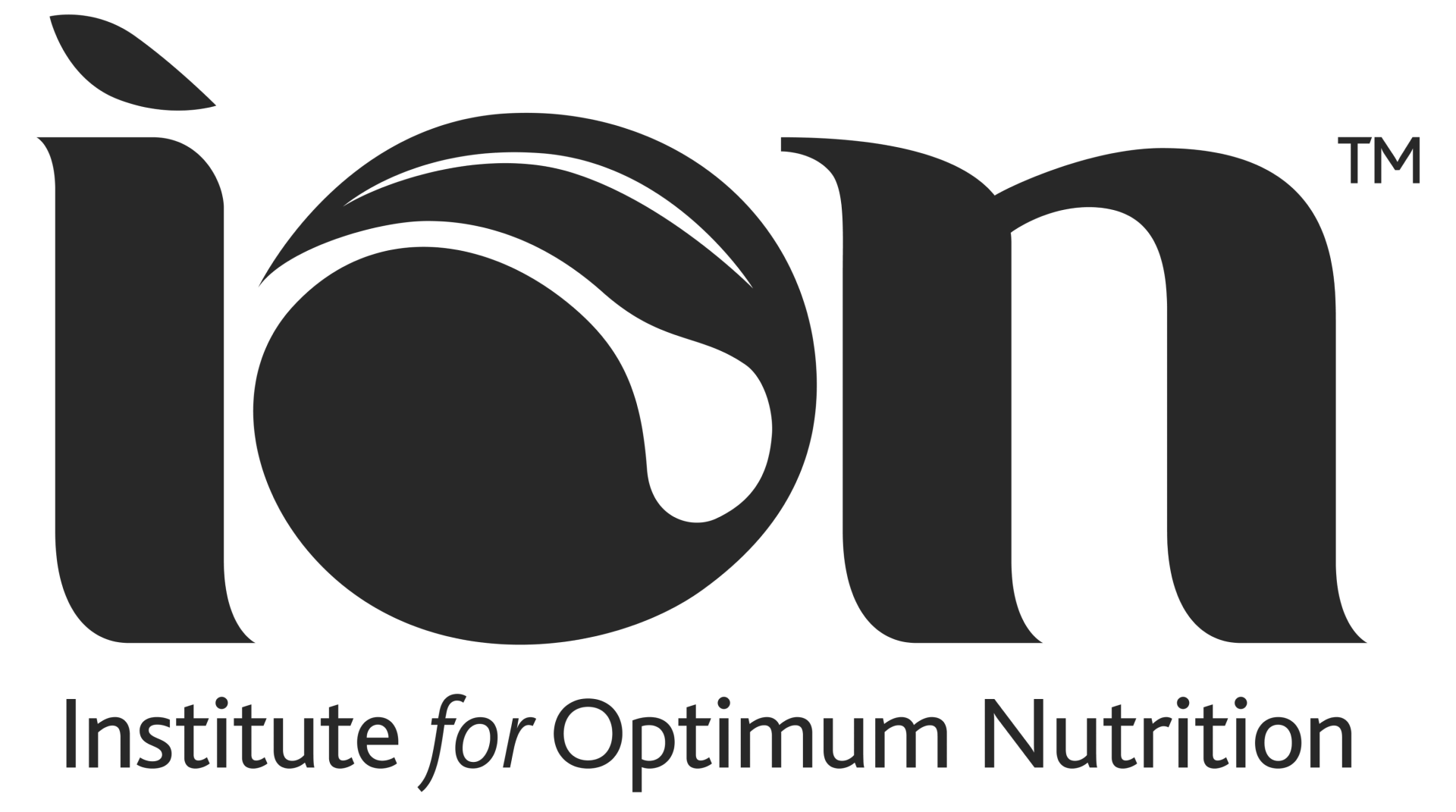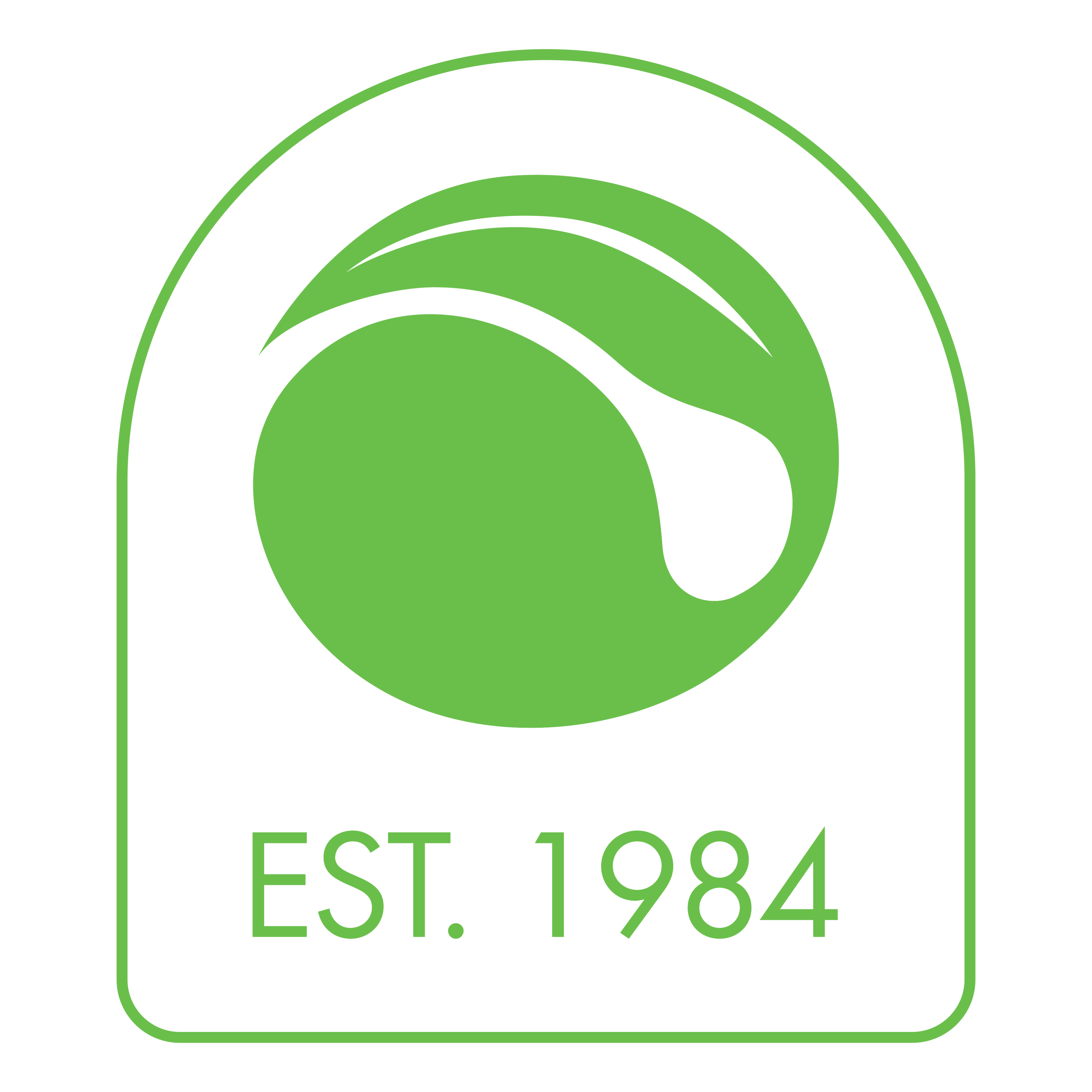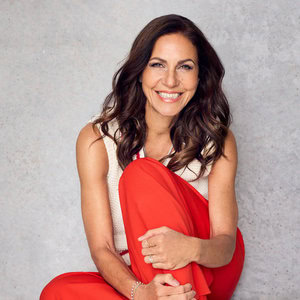What the heck should we eat? Catherine Morgan, ION’s Communications Officer and a trained nutritional therapist, explores what Dr. Mark Hyman believes we should — and shouldn’t — be putting on our plates.
If you’re confused about what to eat for optimal health, you’re not alone. Even those with a background in nutrition can feel overwhelmed by conflicting dietary advice. So, who should you listen to? One prominent voice in the conversation around food and health is Dr. Mark Hyman — an American physician, bestselling author, and leading advocate of functional medicine.
Although I was familiar with Dr. Hyman’s dietary philosophy, I hadn’t read any of his books before, so I was keen to dive into Food: WTF Should I Eat? for ION’s Alumni Book Club.
Subtitled A no-nonsense guide to achieving optimal weight and lifelong health, the book delivers on its promise. It serves as a practical and accessible guide for navigating food confusion and understanding what should — and shouldn’t — be on our plates, and why.
The core of the book is structured around food groups: meat; poultry and eggs; dairy; fish and seafood; vegetables; fruit; fats and oils; beans; grains; nuts and seeds; sugar and sweeteners; and beverages. Each chapter opens with a short ‘Nutrition IQ’ true-or-false quiz to test which of your food beliefs and conventional wisdoms are true — and which are myths. For example: is orange juice a healthy way to start the day? Do children need milk to build strong bones and teeth? Are nuts fattening?
Dr. Hyman then explores each group in detail, highlighting what the experts got right, what they got wrong, and the essential facts we need to know.
A later section of the book briefly explores broader issues, such as additives, pesticides, and chemicals to avoid, as well as beneficial additions like herbs, spices, and condiments. The final part then brings everything together in Dr. Hyman’s proposed dietary framework — the “Pegan Diet.”
This term originated as a light-hearted comment to two other doctors — one a Paleo advocate and the other a strict vegan cardiologist — when Hyman quipped: “Well, if you’re Paleo and you’re vegan, then I must be Pegan.” But joking aside, he believes the best versions of both diets share a common foundation: eat real, whole food.
He writes: “I synthesised the best aspects of each and integrated them with the anti-inflammatory and detoxification principles of functional medicine to create a balanced, inclusive dietary plan that changed my life and my patients’ lives, too”.
While Dr. Hyman’s dietary approach may not appeal to everyone — and some may find his recommendations too restrictive or impractical — the book presents a compelling case for re-evaluating how we eat. Its clear structure by food group also makes it easy to dip in and out, digesting one topic at a time.
Key Takeaways
- Focus on whole, unprocessed foods.
- Minimise sugar, refined carbs, and additives.
- Meat: Choose grass-fed and sustainably raised; limit processed meats.
- Dairy: Grass-fed milk, cheese and butter are fine in moderation; avoid if sensitive to dairy or lactose intolerant.
- Fish: Eat seafood at least three times per week; opt for sustainably sourced, low-toxin varieties.
- Vegetables and fruits: Choose organic and local when possible; eat a diverse range, especially low-glycaemic vegetables.
- Fats: Focus on natural, whole food-based healthy fats; avoid highly refined industrial oils.
- Grains: Whole grains are fine in moderation for most, but those with certain conditions (e.g., diabetes, autoimmune disease, digestive issues) may need to avoid them. Gluten may be problematic for some.
Whilst I may not follow the Pegan Diet to the letter, Dr Hyman’s book serves as a valuable reference for cutting through nutritional noise — and may well inspire healthier habits (like remembering to wash my eggs before using them!).






